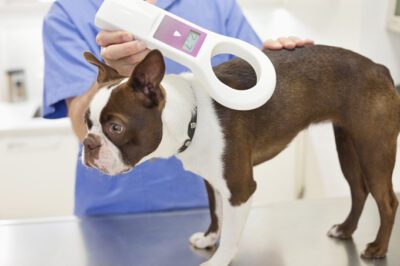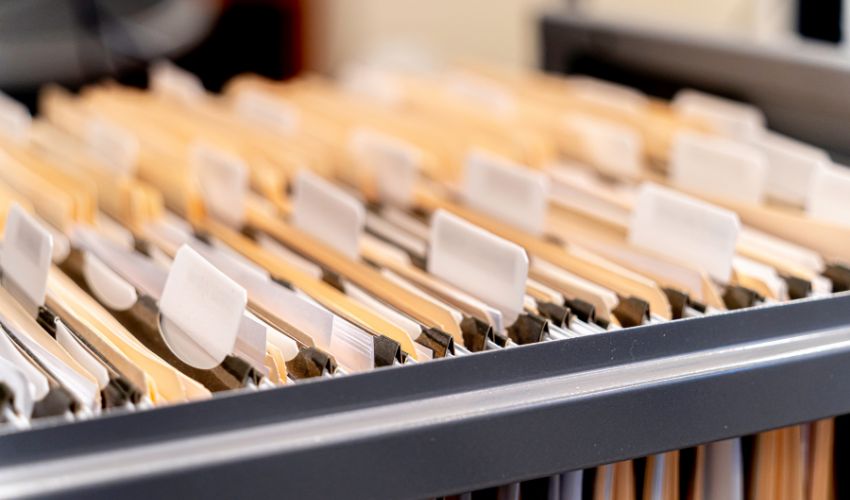Have you ever lost your pet? Has your pet ever ran away? Most of you have probably been in this situation where you cannot find your furry friend. You run around the neighborhood, calling their name asking everyone you know if you have seen them, but they are no where to be found. The statistics are sobering: only 17% of lost dogs and 2% of lost cats ever get back home. August 15th is a day to celebrate National Check the Chip Day (National Microchip Day). This day brings awareness to microchipping your pets and to help more lost pets get home safe.
Here are some facts and benefits of microchipping from the American Veterinary Medical Foundation:
What is a microchip?
A microchip is a small, electronic chip enclosed in a glass cylinder that is about the same size as a grain of rice. The microchip itself does not have a battery—it is activated by a scanner that is passed over the area, and the radio waves put out by the scanner activate the chip. The chip transmits the identification number to the scanner, which displays the number on the screen. The microchip itself is also called a transponder.
How are Pets Microchipped?
It is injected under the skin using a hypodermic needle. It is no more painful than a typical injection, although the needle is slightly larger than those used for injection. No surgery or anesthesia is required—a microchip can be implanted during a routine veterinary office visit. If your pet is already under anesthesia for a procedure, such as neutering or spaying, the microchip can often be implanted while they’re still under anesthesia.
What information is stored on the microchip?

The microchips presently used in pets only contain identification numbers. No, the microchip is not a GPS device and cannot track your animal if it gets lost. Although the present technology microchip itself does not contain your pet’s medical information, some microchip registration databases will allow you to store that information in the database for quick reference. Some microchips used in research laboratories and for microchipping some livestock and horses also transmit information about the animal’s body temperature.
What Happens if My Pet Gets Lost?
When an animal is found and taken to a shelter or veterinary clinic, one of the first things they do is scan the animal for a microchip. If they find a microchip, and if the microchip registry has accurate information, they can quickly find the animal’s owner.
Is your pet microchipped? If you adopted a rescue dog or cat and are unsure if they have a microchip, you can take them to your local vet where they should be able to tell you. Consider if microchipping is right for you and your pet! For more information you can go here.















